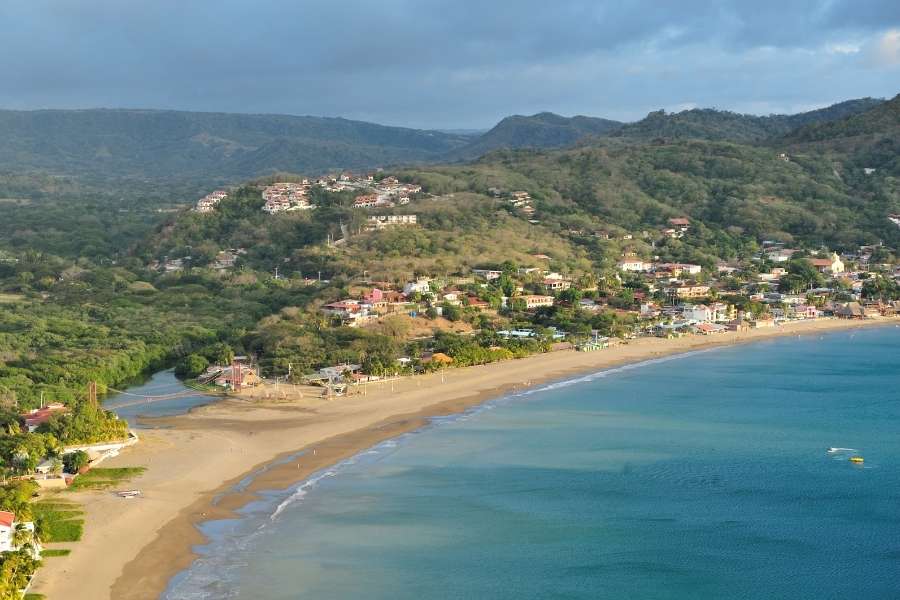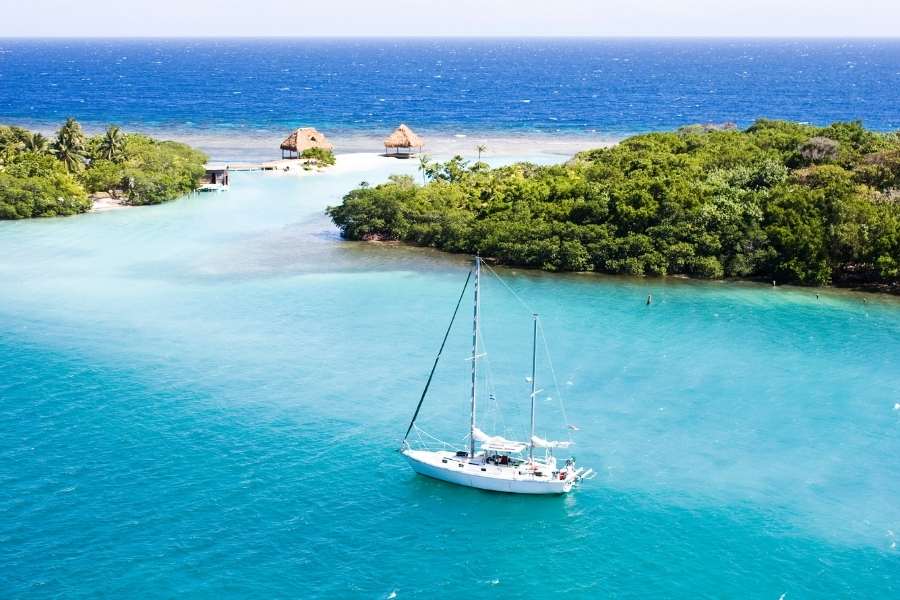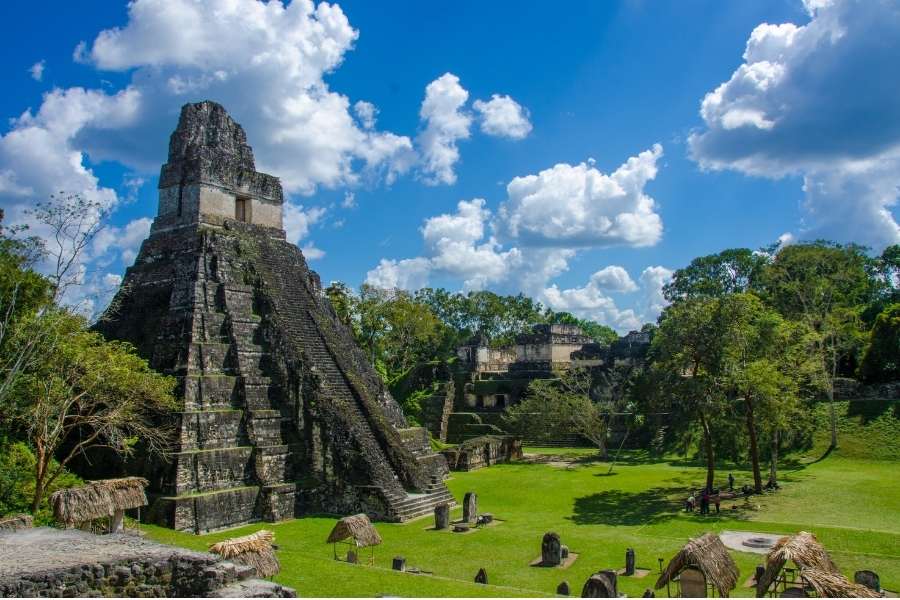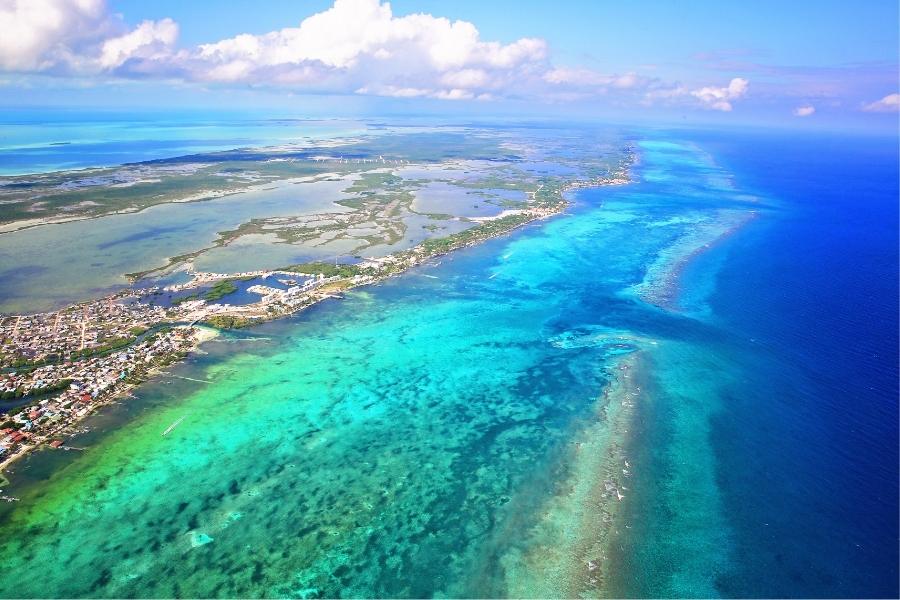Central America continues to grow as a favorite for U.S. and European travellers. With beautiful beaches, nature and history it is time to visit central America. Follow the millions of tourist that visit this region every year.
Weather is not always on the side of the traveller, however, and the region is often the victim of torrential rainfall, fierce hurricanes and skyrocketing temperatures. There is not just one or two months that are best for all seven of the Central American countries. There are months and seasons that are best for each country depending on your own travel aspirations.
Panama
September to December

The weather in Panama is most predictable from September through December. The temperature is consistent and the rainy season has not yet picked up. Holidays and festivals are huge to Panamanians and although all the businesses shut down, Panama City is never more alive.
When in Panama, you shouldn’t miss seeing the Panama Canal, one of the seven wonders of the modern world. At the center of the canal, Gatun Lake is popular for anglers and sailors. The San Blas islands, an archipelago of over 300 islands off the coast, are among the most beautiful islands you can find anywhere in the Americas.
Costa Rica
Late June and July

The wet season in diverse Costa Rica is officially May to November, however, rain showers are sparse enough during late June and July that travellers can explore the beautiful colors of the lush jungles. The dry season is from December through April, which are the best times to visit the sandy beaches (especially if you’re coming from somewhere cold). Unfortunately, everyone knows this and it is also peak tourist season. During mid-Summer, the drop in tourism means cheaper prices and less-crowded destinations.
Manuel Antonio National Park is one of the favorite destinations for tourists in Costa Rica along the Pacific coast. Hiking trails and tours through the park’s dense rainforest gives tourists the opportunity to see three-toed sloths and capuchin monkeys as well as pristine white-sand beaches. Several volcanoes in Costa Rica are worth visiting and hiking as well, including Arenal and Irazu. La Paz Waterfall is an intimidating 121 ft. drop and worth a look if you can squeeze it into your visit.
Nicaragua
December to April

San Juan Del Sur, Nicaragua
Nicaragua is among the most evergreen countries in the region and there is never a glaringly bad time to plan a trip to the country. December through April is the dry season and the suns hangs high throughout the day without the thermometers getting too high. From late April through June it begins to rain more often, however, showers don’t start until later in the afternoon or overnight, still allowing you to plan several activities in the morning. Rain showers really pick up in the late summer and fall and although this is the down-season for tourism, the city is hardly asleep — many of their festivals and celebrations are then.
Swimming, snorkeling and diving are popular activities for tourists in Nicaragua. Playa Maderas and the Pearl Cays are favorites and Apoyo Lagoon is a protected reserve great for kayaking as well. Volcanoes are also a large part of Nicaragua’s geography. Both Mombacho, a 4,400-foot volcano with a cloud forest, and Masaya, the country’s oldest and largest national forest, are must-dos for hikers and nature lovers.
Honduras
February and March

Honduras has been victimized by brutal weather and hurricanes over the past few years but the months of February and March offer the best respite in weather to visit the beautiful country. The weather is most consistent then with clear, sunny skies.
The massive coral reef at Roatan is a draw for many tourists but there are plenty of pristine beaches in Honduras worth visiting. Mahogany Bay and Cayos Cochinos come to mind and are great for swimming, snorkeling and even zip-lining. For a taste of history, the Mayan ruins at Copán in the west was once a capital of the mesoamerican kingdom from the fifth to ninth centuries AD. La Tigra National Park was the first in the country and is a great tropical getaway to see the vast wildlife Honduras has to offer.
El Salvador
December to early February

The best time to visit El Salvador is in December and early February as the wet season draws to a close, leaving the jungle flourishing with an impressive array of wildlife. Tourism spikes around Christmas and at the turn of the year, which is also seen in prices, so consider going closer to February. For surfers wanting to hit El Salvador’s top-notch waves, go a little bit later or in early March.
Surfing is big in El Salvador and some of the best places to go are El Sunzal, La Libertad and El Zonte. Coatepeque, a crater lake in the west of the country, is also a favorite for watersports. There are several mayan ruins worth visiting as well, such as the great complex at Tazumal and Joya de Ceran.
Guatemala
November to April

Tikal in Guatemala – Top 10 Ancient Ruin Sites In Central America And South America
Guatemala is usually nice throughout the year with pleasant weather. Rain storms and hurricanes will generally turn tourists away from September and October, but starting in November, the dry season opens up to light blue skies.
There is plenty to see and do in Guatemala and starting off in the capital of Guatemala City, the National Palace of Culture and the National Museum of Archaeology and Ethnology has plenty to see that showcases the country’s elaborate history and geography. Tikal in the south is one of the most iconic Mayan ruins in the world and the abandoned palaces, temples and pyramid are a can’t-miss. Swimming in the remote spring-fed Semuc Champey is a great experience and send it to Dulce River to see manatees.
Belize
December to April

Humidity in Belize becomes unbearable in late spring as well as the threat of heavy rainfall. Early December through April is the best time to visit the country of Belize as rain lets up and the temperature and humidity are more manageable. The weather in late September and October lets up as well and is the country’s down-season for tourism which may lead to slower lines, however, some places also shut down for those months.
Off the eastern coast of the Yucatan peninsula, the coastline of Belize is a favorite for its picturesque beaches and marine wildlife. For Scuba divers, snorkelers, anglers and swimmers, the hundreds of cayes off the coast, barrier reefs and the Great Blue Hole are favorite destinations when the weather permits. Belize has its own collection of Mayan ruins as well, including the pyramid at Caracol located deeper into the jungle. Over a third of the country is within nature preserves and wildlife sanctuaries. Find jaguars in the intricate jungle at Cockscomb Basin or birdwatch at the Crooked Tree lagoons.


















